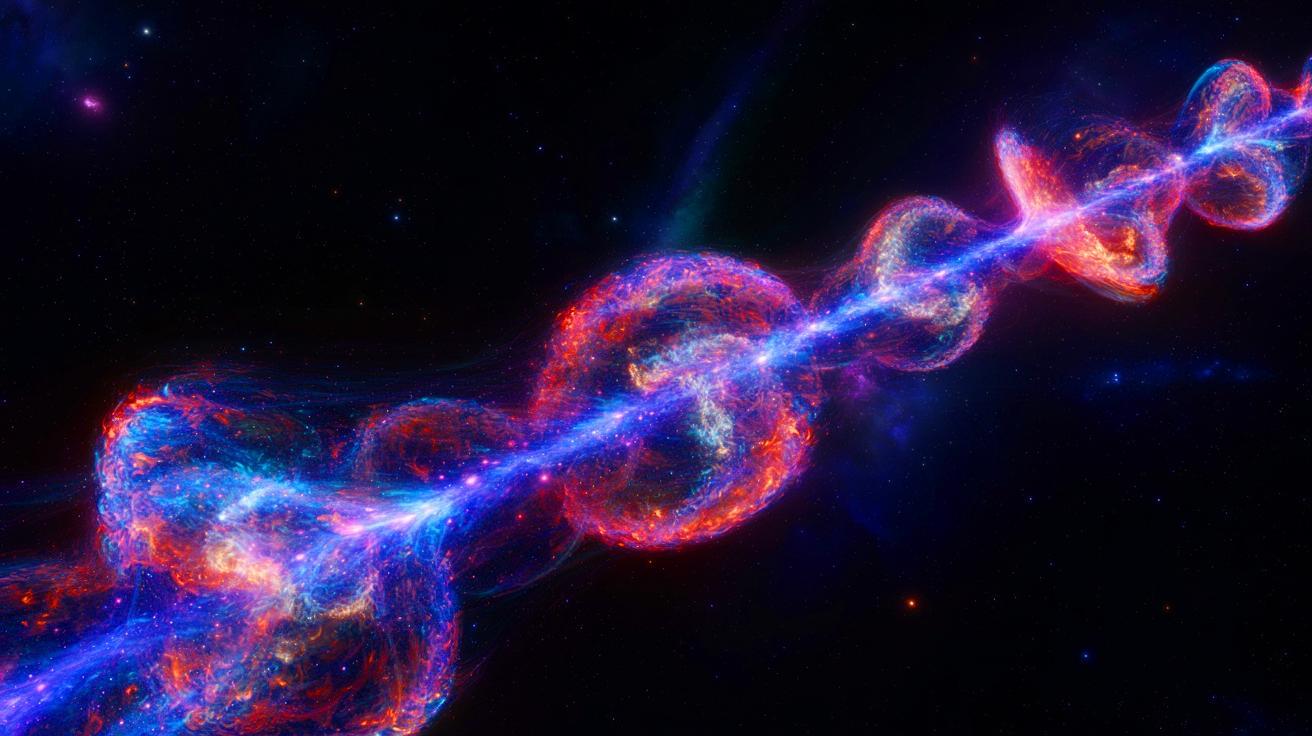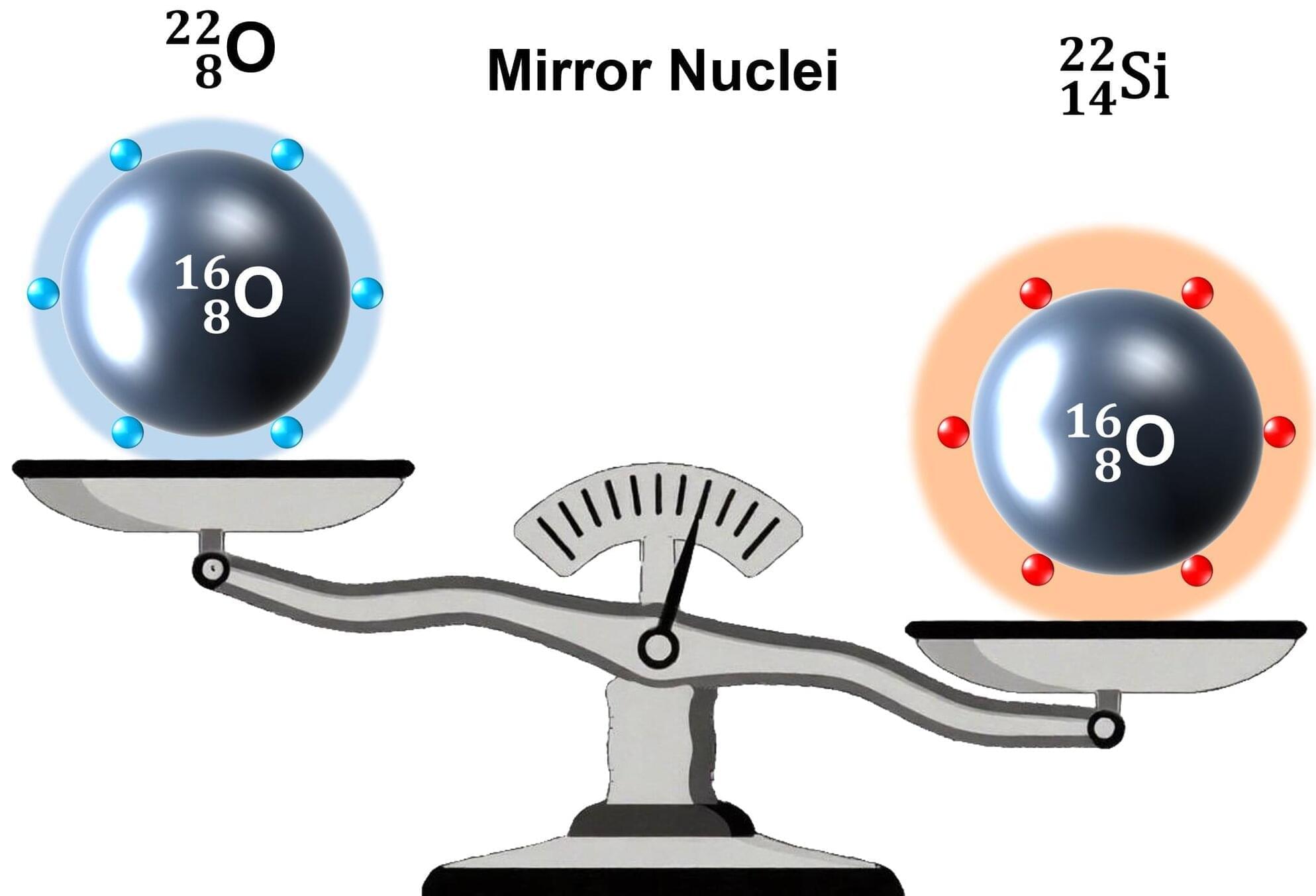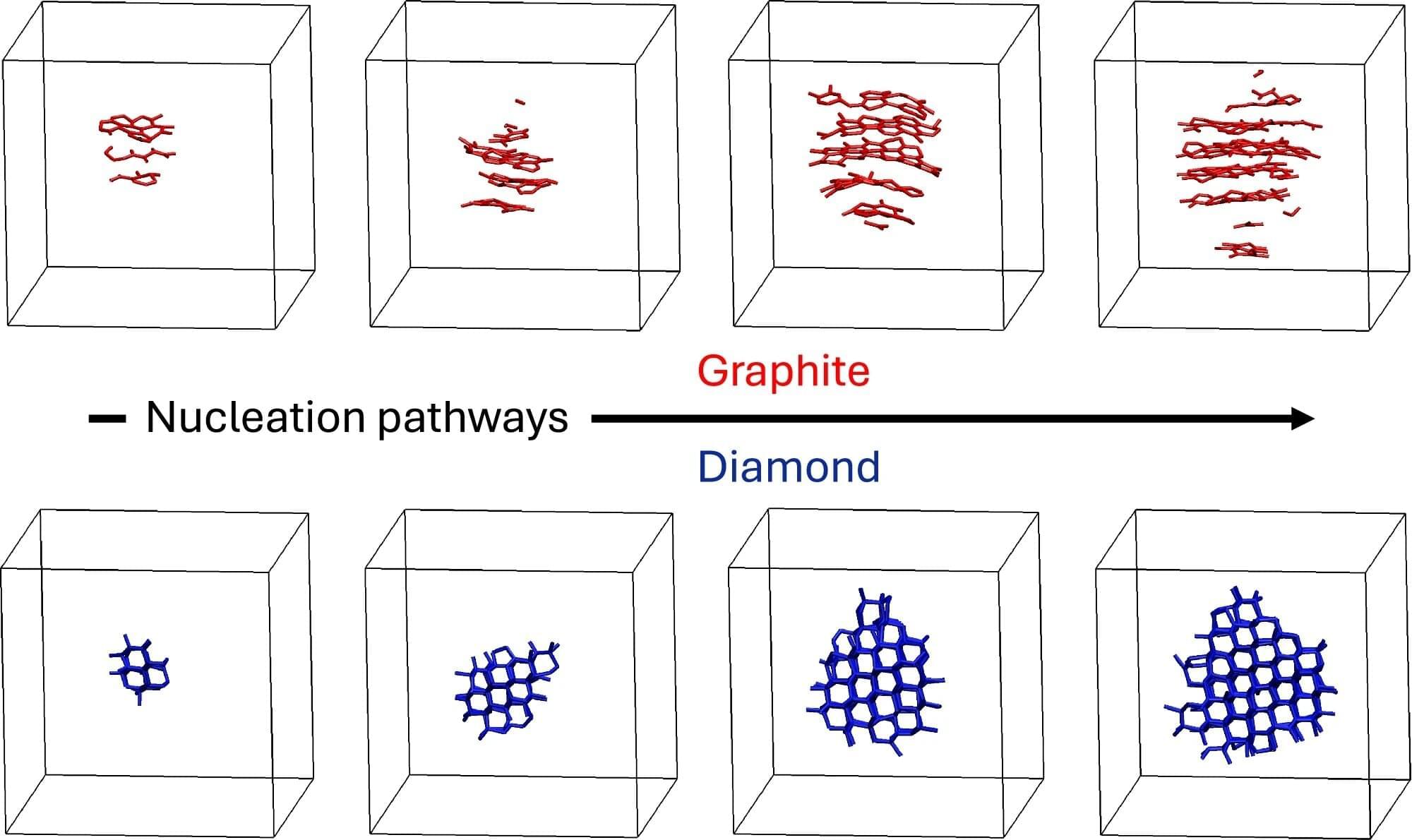DoNot APT targets European ministries with malware, expanding from South Asia to global cyber espionage.



Microsoft is rolling out a new backup system in September for its Authenticator app on iOS, removing the requirement to use a Microsoft personal account to back up TOTP secrets and account names.
Previously, the Microsoft Authenticator app required iOS users to sign in with a personal Microsoft Account to enable backups, regardless of whether they were using the app for personal or enterprise credentials.
This created problems in enterprise environments where organizations often like to keep personal and corporate data separated.

Microsoft has confirmed a widespread issue in Windows Server Update Services (WSUS) that prevents organizations from syncing with Microsoft Update and deploying the latest Windows updates.
Windows Server Update Services (WSUS) is a Microsoft product that allows businesses to manage and distribute Windows updates to computers within their network.
By default, WSUS synchronizes with Microsoft Update servers once a day, when it downloads the latest metadata on available Windows updates. Admins can change the frequency if they wish in the settings.

Google is sharing more information on how Chrome operates when Android mobile users enable Advanced Protection, highlighting strong security improvements.
The tech giant recently extended its Advanced Protection Program to the device level with the release of Android 16, aimed at offering a robust, holistic security posture for high-risk individuals likely to be targeted by sophisticated spyware attacks.
Starting Android 16, Advanced Protection can be activated from the settings, strengthening security measures across the board, including on Google apps such as Chrome, Messages, and Phone.

For the first time ever, researchers succeeded in keeping a qubit coherent for more than 1 millisecond.

IN A NUTSHELL 🌌 Astronomers discovered a massive filament of hot gas stretching 23 million light-years, containing much of the universe’s “missing matter.” 🔭 Advanced telescopes like XMM-Newton and Suzaku played a crucial role in identifying and analyzing this elusive cosmic structure. 🕸️ The filament is part of the Cosmic Web, a network that has


In nuclear physics, “magic numbers” identify specific numbers of protons or neutrons that lead to especially stable nuclei. Recognizing these numbers helps scientists better understand the structure of nuclei.
The magic numbers for stable, long-lived isotopes have long been known, but the magic numbers for exotic, short-lived isotopes are less well understood. By studying these rare cases, researchers can gain deeper insight into the nuclear “building code” under extreme conditions. This, in turn, improves our understanding of how elements formed in the universe and sheds light on the behavior of the nuclear force.
As part of this effort, researchers from the Institute of Modern Physics (IMP) of the Chinese Academy of Sciences have precisely measured for the first time the mass of an extremely short-lived and neutron-deficient nucleus, silicon-22, revealing that the proton number 14 in silicon-22 is a new magic number.

The graphite found in your favorite pencil could have instead been the diamond your mother always wears. What made the difference? Researchers are finding out.
How molten carbon crystallizes into either graphite or diamond is relevant to planetary science, materials manufacturing and nuclear fusion research. However, this moment of crystallization is difficult to study experimentally because it happens very rapidly and under extreme conditions.
In a new study published July 9 in Nature Communications, researchers from the University of California, Davis and George Washington University use computer simulations to study how molten carbon crystallizes into either graphite or diamond at temperatures and pressures similar to Earth’s interior. The team’s findings challenge conventional understanding of diamond formation and reveal why experimental results studying carbon’s phase behavior have been so inconsistent.